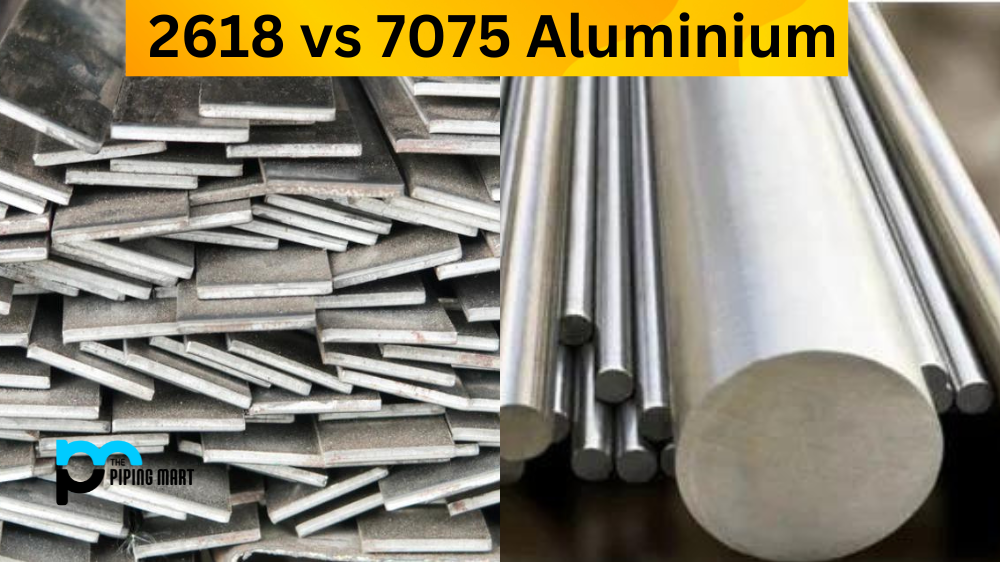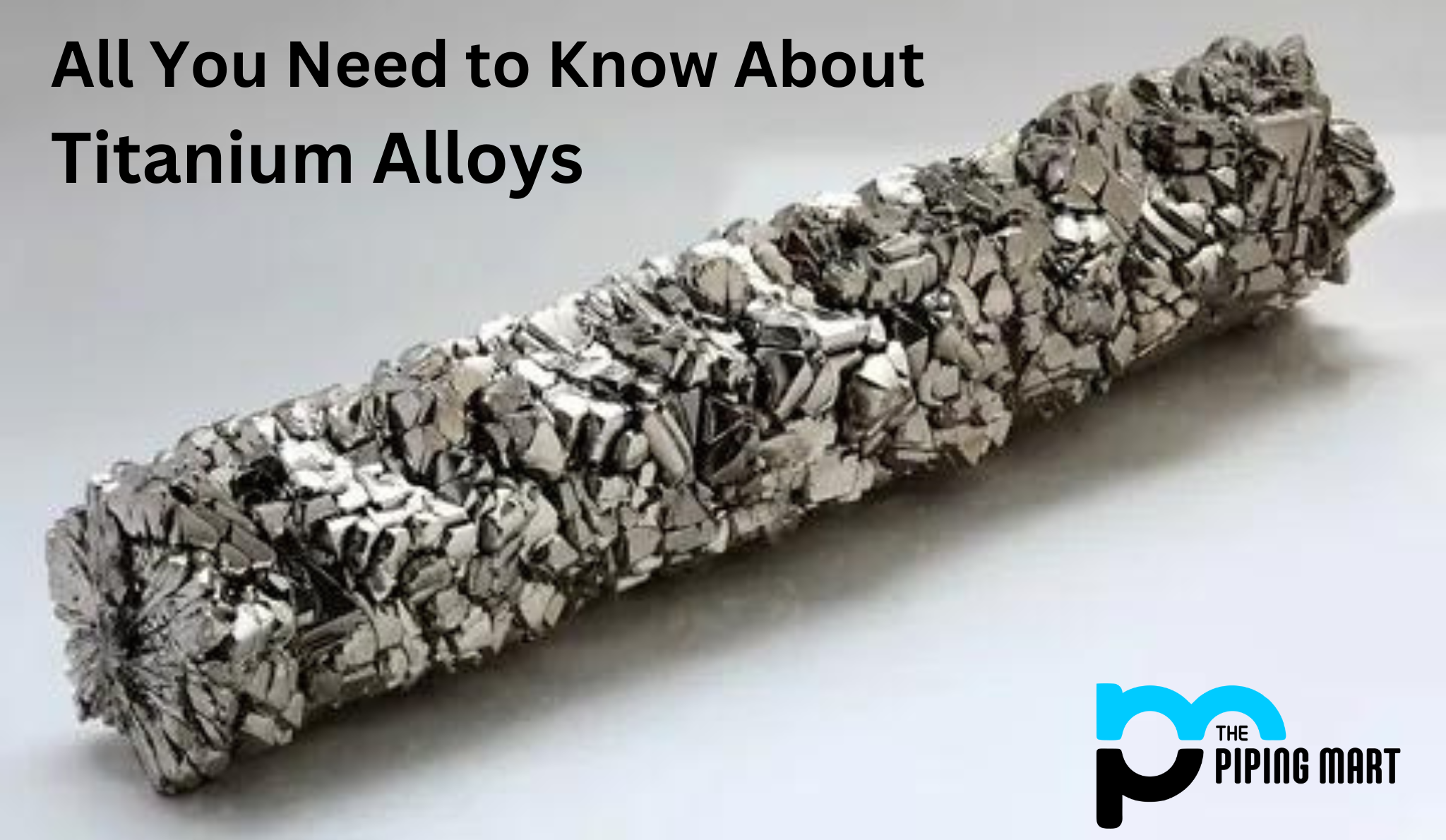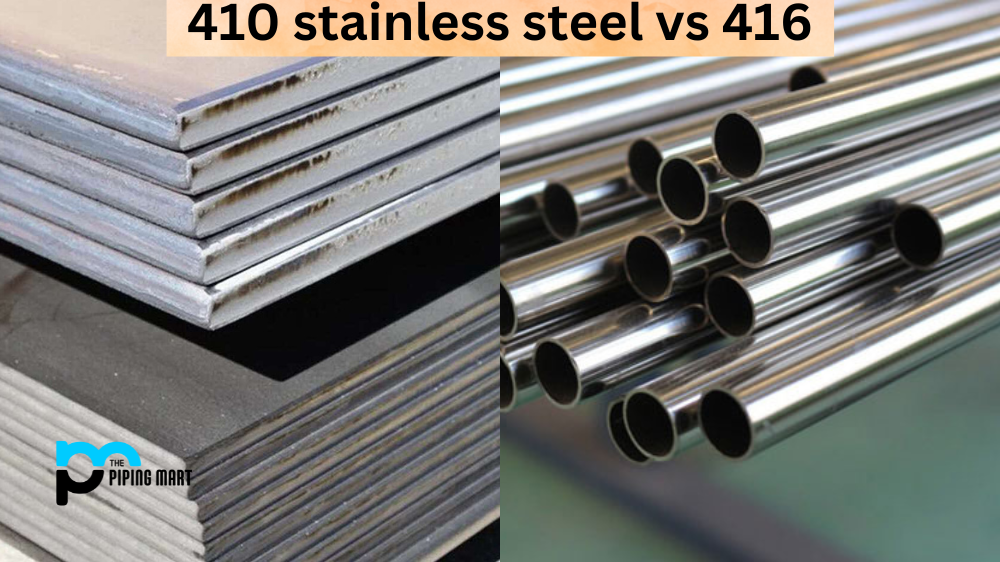Aluminium, undoubtedly, is one of the most versatile, durable, and lightweight materials used extensively in the manufacturing industry. However, with numerous aluminium alloys in the market, choosing the right one has always been challenging. Two of the most widely used aluminium alloys are 2618 and 7075. This blog post will delve deeper into the differences between these alloys and determine which is better suited for different applications.
Difference Between 2618 and 7075 Aluminium
Composition
One of the primary differences between 2618 and 7075 aluminium is their composition. 7075 alloy contains zinc, whereas 2618 alloy contains copper, magnesium, and silicon. A combination of copper and magnesium gives 2618 higher strength and better corrosion resistance, while zinc in 7075 provides better machinability. Therefore, depending on the application, one may choose between the two alloys.
Usage
Both 2618 and 7075 aluminium alloys find various applications in the manufacturing industry. 2618 alloy is famous for its high-temperature properties, and hence it is used in aerospace brackets and engine pistons. On the other hand, 7075 alloys are known for their high strength, which makes them ideal for aircraft, marine, and automotive components. Both alloys find applications in critical parts requiring high durability and reliability.
Weldability
Another notable difference between 2618 and 7075 aluminium is their weldability. While 2618 can be tricky to weld, 7075 offers excellent weldability. Welding 2618 aluminium requires precise techniques; even a small mistake can ruin the welded joint’s strength. In contrast, 7075 aluminium can be easily welded with standard welding techniques.
Cost
The cost of materials is an essential consideration for any manufacturing business. In general, 7075 aluminium is cheaper than 2618 aluminium. This difference in cost is due to the difference in their manufacturing process and the raw materials required to produce them. Businesses must consider the cost difference and their specific performance requirements when deciding between them.
Machinability
Machinability refers to the ease with which a material can be machined. 7075 aluminium is known for its excellent machinability, making it a popular choice for producing critical parts. 2618 aluminium has poorer machinability and requires specialised machining techniques for desirable results.
Conclusion
In conclusion, 2618 and 7075 aluminium alloys are widely used in the manufacturing industry for their excellent properties. However, depending on the specific application, one may choose either of the alloys. While 2618 aluminium is best suited for high-temperature applications, 7075 aluminium serves better in high-stress environments. The alloys’ cost, machinability, and weldability also play a crucial role in deciding between the two. Ultimately, businesses must choose the right aluminium alloy for their application, considering its properties and specific requirements.

Pipingmart is a B2B portal that specializes in metal, industrial and piping items. Additionally, we share the latest information and information about materials, products and various types of grades to assist businesses that are involved in this business.




